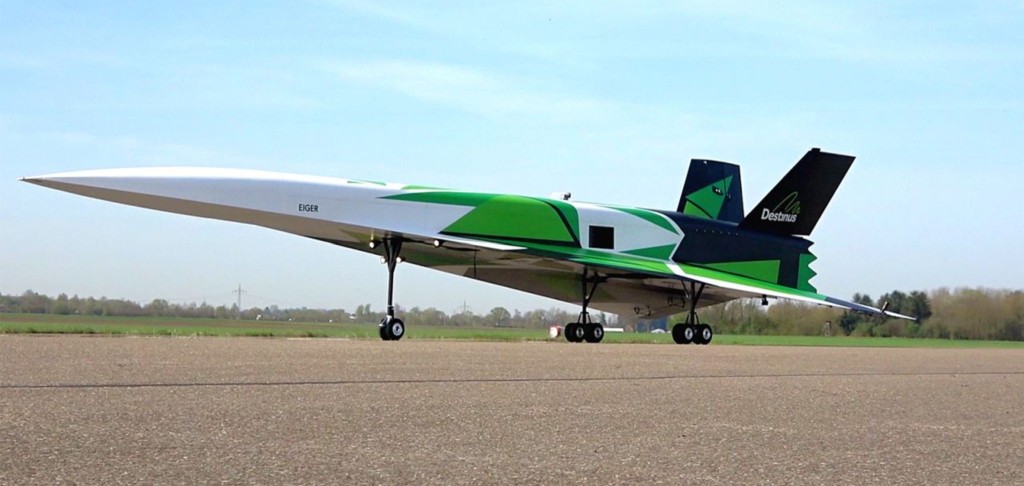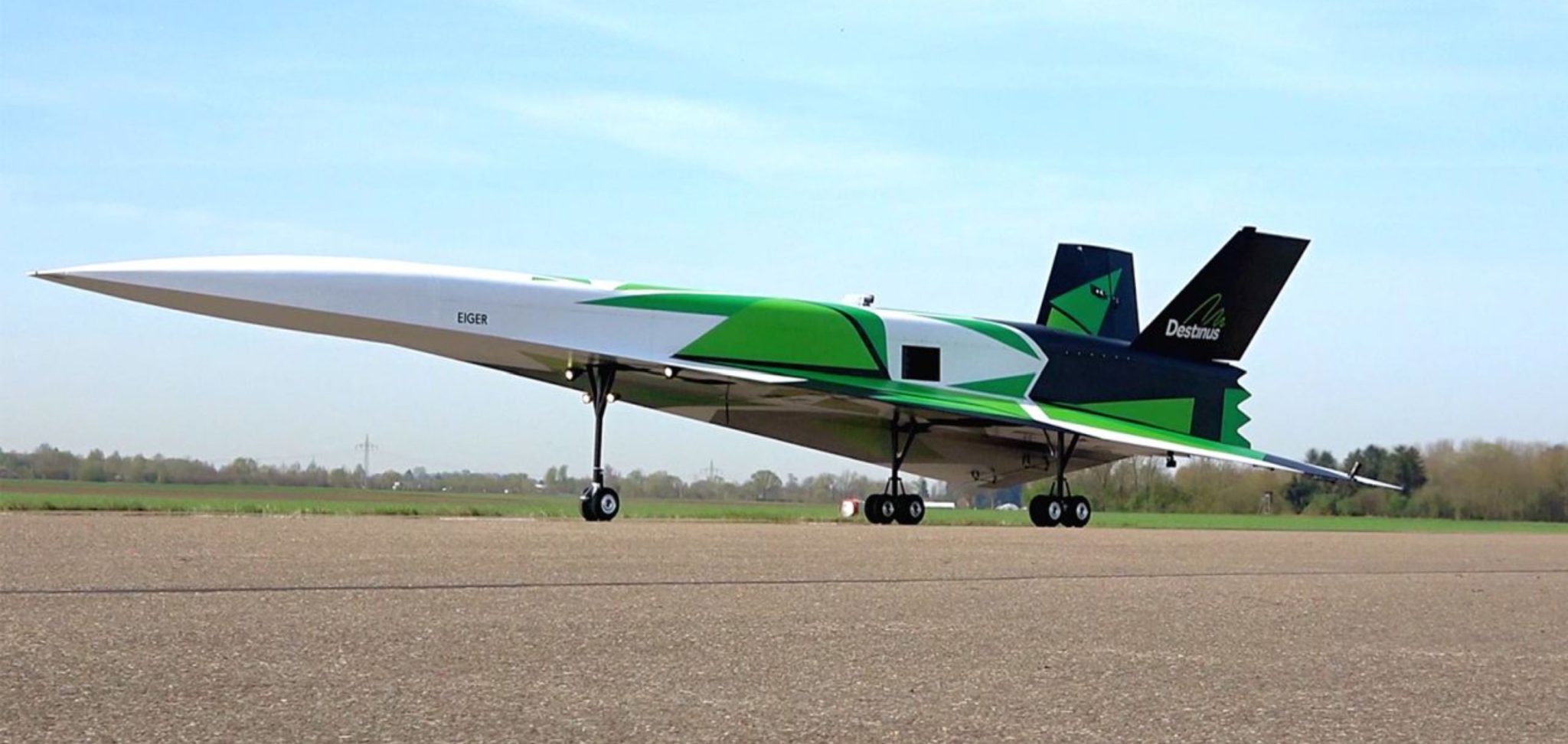
A European firm is hoping to revive the dream of commercial hypersonic travel with a prototype that will reduce flight times by 75%.
Unlike several other supersonic startups that have come and gone, this is their third prototype, with two others having already succeeded in test flights, proving critical systems can work on a design that would allow one to travel from Frankfurt to Sydney in around 4 hours 15 minutes, or Memphis to Dubai in 3 hours 30.
Headquartered in Switzerland, but with a team of over 100 people working across several European countries, Destinus has received tens of millions from private and public funds looking to fund renewable innovation.
Destinus is now preparing its third prototype—the one meant to test the fuel systems, since for their design, sustainable hydrogen is the only reasonable option.
This isn’t due to a question of emissions, but a question of weight. Kerosene is much heavier than hydrogen, and if the machine is hoped to be able to reach across oceans with room for luggage and passengers, it needs to be as light as possible.
The design of the jet itself is very standard, and can be seen on the Concorde jet and hypersonic cruise missiles used in the large militaries of the world—a shape known as the “Waverider” because of its ability to “ride” the “waves” of the breaking sound barrier.
MORE FUTURE TECH: Vermont Startup’s Electric Plane That Lifts-Off Vertically is Really Taking Off
In the lead-up to their third test flight, slated for takeoff in late 2023, the company is understandably tense.
“This is a pretty massive vehicle,” Martina Löfqvist, Destinus’ business development manager, told CNN. “It’s about the same size as the previous prototype in terms of being around 10 meters (long), but it’s 10 times heavier, and probably 20 times more complex as well, in terms of the structure and in terms of the propulsion system.”
MORE AVIATION NEWS: Aviation Startup ZeroAvia Flies Largest-Ever Hydrogen Electric Aircraft
Last month, Destinus acquired Dutch company OPRA to become their in-house hydrogen department—Destinus Energy. This has also allowed them to raise more money for the project by selling OPRA’s already-marketable gas turbines for hydrogen fuel.
The timeline for the growth of this bold attempt is to have a smaller-scale version ready for commercial flight in the 2030s, that could hold around 25 passengers, and full-scale versions ready in the 2040s.
WATCH a company explainer below…
SHARE This Second-Crack At The Concorde’s Crown With Your Friends…




















